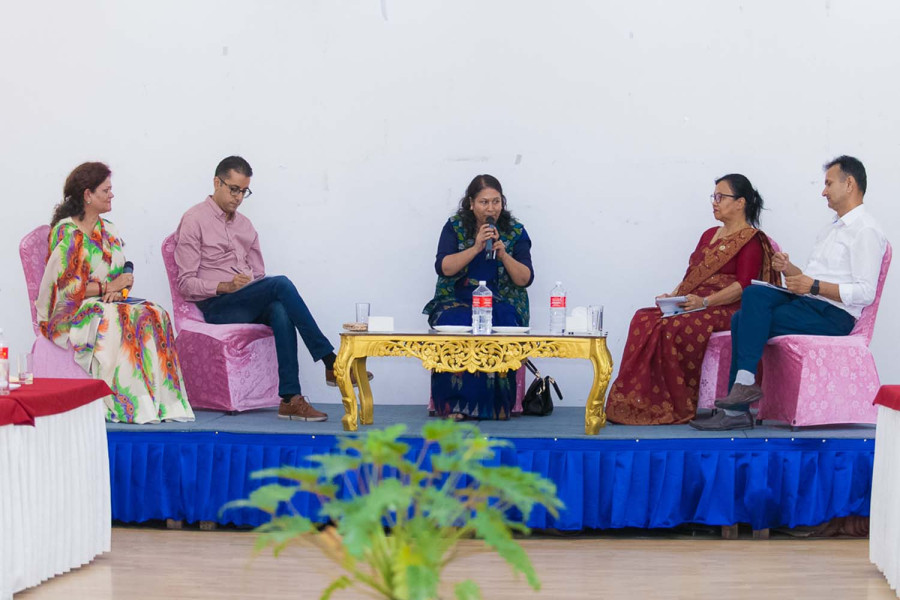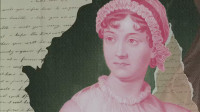Culture & Lifestyle
Panel highlights media’s role in women’s political visibility
Experts call for increased media support for women in Nepali politics.
Post Report
The Media Advocacy Group, in collaboration with Friedrich-Ebert-Stiftung (FES), organised a panel discussion titled ‘Visibility of Women Leadership in Media’ on Tuesday, at Yak Palace, Pulchowk. The event followed up on research conducted by a group concerning the representation of women politicians in the media.
Though 33 percent of women are represented in Nepali politics, research conducted by the Media Advocacy Group (MAG) reveals that media coverage of women politicians in Nepal remains minimal. Despite their active roles in political and social transformation, women are underrepresented in the media, the study showed.
The visibility of women politicians in the media is crucial, as it underscores the importance of women in politics, they said. The panel discussion aimed to delve deeper into this issue, considering various perspectives to highlight and address the disparity.
The panellists included federal lawmakers Ishwari Neupane of the Nepali Congress and Bidya Bhattarai of the CPN-UML, former chair of the Federation of Nepali Journalists Mahendra Bista, and Editor of The Kathmandu Post Biswas Baral. Various individuals with media and political backgrounds participated in the discussion, which was moderated by senior journalist Babita Basnet.
Bhattarai stated, “To enter the public sphere, women face many hindrances, and to overcome those, they need full support from the media.”
She illustrated how male dominance persists in politics. Bhattarai noted that while some of the constitutional provisions promoting inclusivity and equality have helped women come to the political forefront, their stories, opinions, and ideas still lack adequate coverage. She emphasised that representation in the media is vital.
Baral, editor of The Kathmandu Post, highlighted that while many media houses have policies to bring stories of female leadership to the forefront, the implementation of these policies remains questionable.
He remarked, “In Nepal, politics predominantly revolves around male figures like Prachanda [Pushpa Kamal Dahal], Sher Bahadur Deuba, and Rabi Lamichhane, who in turn control all the vital information. Perhaps this is also why journalists seek the perspective of these top leaders and their hangers-on, more than they would seek the feedback of women politicians in the lower rungs of party hierarchy who are often kept in the dark on vital issues.”
As the discussions progressed from the panellists to participants, several journalists raised concerns about women’s perceived inaccessibility to the media and their lack of media friendliness. They noted that, compared to men, women often underestimate themselves and may be reluctant to share their opinions in the media.
Many women politicians, including Bhattarai, acknowledged their inaccessibility in the decision-making process. This led to discussions on whether the country’s patriarchal structure contributes to women underestimating themselves and being politically inaccessible.
Usha Raut, chair of the Nepal Women’s Association, emphasised the importance of women being proactive in communicating the kind of content journalists require. She also shed light on her personal experience of being looked upon by a journalist during the budget-making period.
The event also provided a valuable opportunity for women politicians and journalists to connect. Serving as a platform to increase the media visibility of women in politics, this event facilitated networking and collaboration among participants.
Overall, the event not only highlighted the importance of media representation for women in politics but also provided a platform for dialogue and collaboration among politicians and journalists. As such, it marks a significant step towards promoting inclusivity and gender equality in Nepali media and politics, panellists said.




 11.12°C Kathmandu
11.12°C Kathmandu














